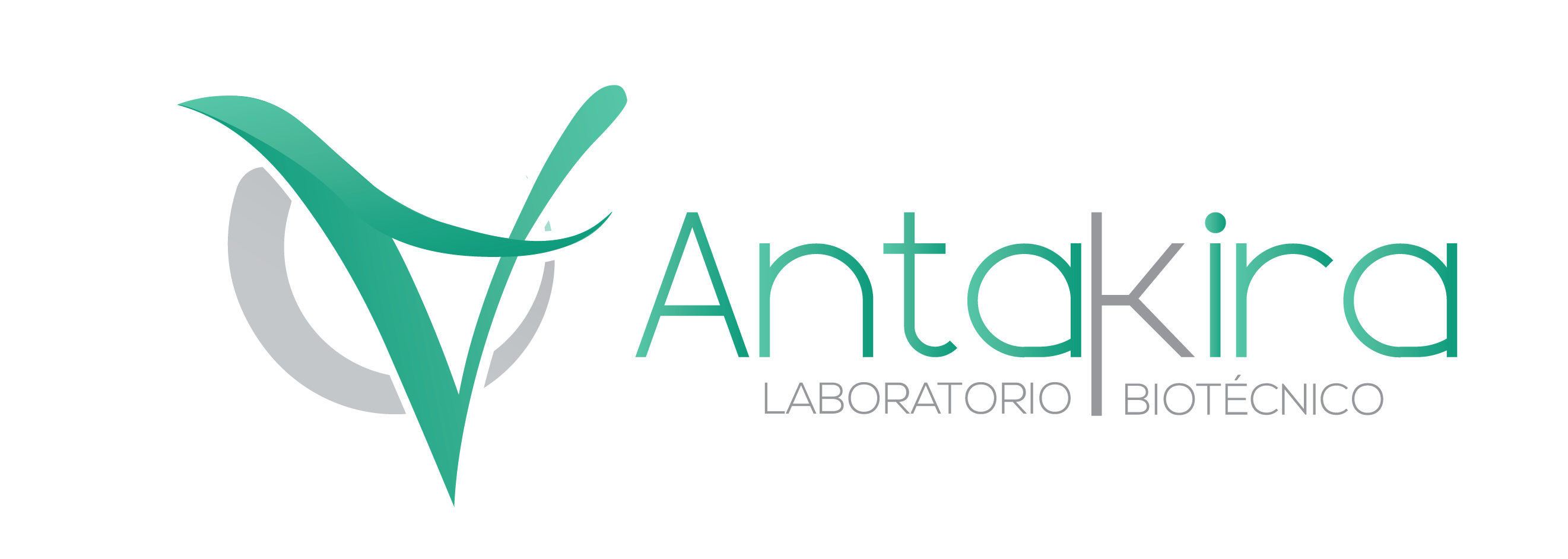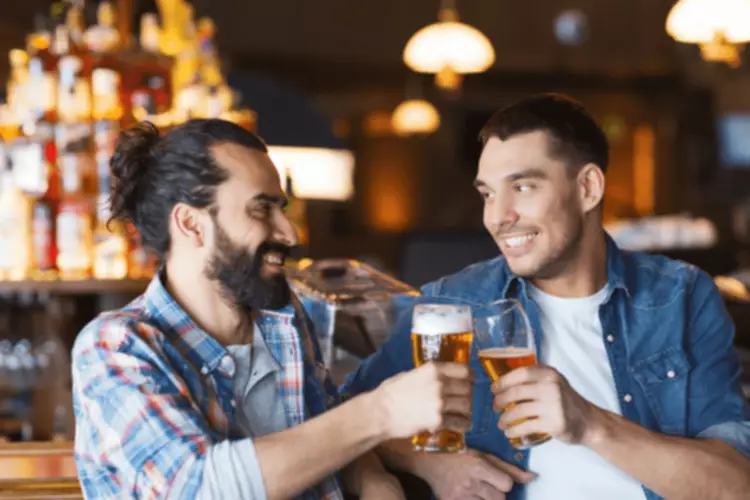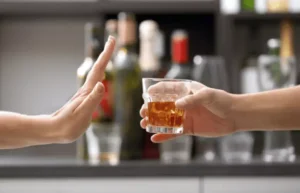This can help you learn more about your long-term triggers and how to cope with them. For most people, their cravings are a combination of these two reasons. Learning more about the science behind cravings can help you better understand your experience and what to expect in the alcohol recovery timeline. “So we see a reduction by over 50%, which is quite dramatic,” Jerlhag says.
- Learning to navigate drinking triggers in daily life can be difficult.
- Ideally, these diversions also contribute to long-term or short-term goals, providing a sense of progress and accomplishment that can further diminish the power of cravings.
- There’s no way to determine exactly how long an individual will continue to experience alcohol cravings, but we can look at common patterns to help give us an idea of what to expect.
Importance of Support Systems in Dealing with Alcohol Cravings: You’re Not Alone
In May, Bruce and other clients joined staffers in a birthday celebration for Lisa. Dara Papo, director of the health department’s Whole Person Integrated Care, oversees MAP, which began as a pilot program modeled after similar efforts in Canada and Europe. There are plenty of skeptics about San Francisco’s embrace of harm reduction, including its mayor, London Breed. In February, Breed said the approach was ineffective and was “making things far worse’’ when it comes to the city’s soaring fentanyl-related deaths. He once dropped a bottle of gin and then sucked the spilled liquid off the floor with a straw, desperate for the alcohol. She recently ventured out of the residential program’s building in search of additional booze and promptly wound up in a hospital with a broken arm she still can’t explain.
Practice Mindfulness
- You should also consider attending a local AA meeting or participating in a self-help program such as Women for Sobriety.
- They promote insulin secretion in response to meals, reduce the release of glucagon, a hormone that increases blood sugar, slow down gastric emptying and suppress appetite.
- A person who experiences alcohol cravings does not necessarily have alcohol use disorder.
AUD is a condition that occurs when a person has a physical need or desire to consume alcohol that is difficult to control. One of the main ways a person can help control and prevent alcohol cravings is by understanding what triggers the cravings in the first place. Distraction can be a useful tool to help a person manage alcohol cravings in the moment. Finding alternative activities to refocus the brain can allow the craving to pass. While there is no magic bullet to stop urges to drink or cravings for alcohol, there are ways to manage and reduce urges or cravings to drink.
Naltrexone: The Benefits of Daily Use
A supportive and dedicated group of friends is a great backbone, especially in long term abstinence. Attending support groups and communicating positively helps to maintain sobriety. These are some of the best ways on how to help someone with a drinking problem. Alcohol can be great for relaxation especially while socializing with friends; however, it can also become a source of health issues, ranging from mental illnesses to physical problems. Men and women are equally affected by the negative impact of cravings.
How To Stop Alcohol Cravings: 6 Ways To Manage the Urge To Drink
One of the most difficult challenges that many people face during recovery includes experiencing cravings for alcohol. Learning how to deal with these cravings is critical, as they can how to reduce alcohol cravings seemingly come out of nowhere and be triggered by factors as simple as being hungry, tired, or lonely. Consider tracking and analyzing your urges to drink for a couple of weeks.
- As you experience alcohol cravings, start to note the environment, emotions, people, and other context clues that surround them.
- Alcoholic cravings are an overwhelming compulsion to drink alcoholic beverages.
- Make a list of your motivations and goals, and use those to craft a few statements to say to yourself in triggering situations.
- By avoiding alcohol, you’re taking a big step toward improving physical health.
- That said, many studies reveal that some level of alcohol cravings can be lifelong for people with alcohol use disorder.
- Planning for relapse prevention can begin as soon as you enter recovery.
- Disulfiram is a pill that causes unpleasant side effects when combined with alcohol.
Ria Health members also get a workbook with a number of exercises to mindfully manage drinking urges. The more you drink, and the more often, the more your brain adapts to the presence of alcohol. If you ever find yourself wondering, “why am I craving alcohol,” there are probably several reasons. Here are the most common factors which feed into that strong urge to drink. Two years ago, the National Institute on Alcohol Abuse and Alcoholism changed its definition of recovery, and it no longer requires abstinence.
Josh Lee is a clinician and researcher with a focus on medication-assisted treatment of alcohol and opioid use disorders. He has conducted multiple clinical trials examining the use of naltrexone in primary care and other community settings. As a practicing physician, Josh helps manage the NYC Health + Hospitals/Bellevue addiction medicine clinic in adult primary care. Trying to ignore alcohol cravings is not the best way to manage them. It is better to accept them as normal and actively treat them through a variety of methods, including possibly taking medication. The fiber-rich, complex carbohydrates in whole-grain breads and foods like brown rice, quinoa, barley, and farro are digested more slowly, which help keep blood sugar levels steady.
Recovery possible without abstinence, NIAAA says
Comments are closed.


